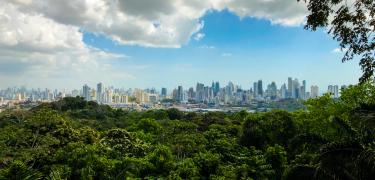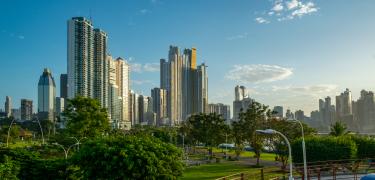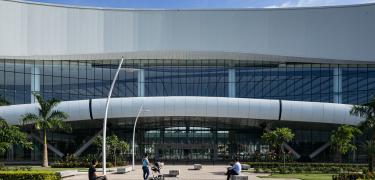Azuero Peninsula, the Cradle of Folklore
Get to know the rich and varied folklore of Panamá in Pedasi and Tonosi. The region of Los Santos, where these two towns are located, is considered the cradle of Panamanian folklore. Don't miss out on seeing and listing all the tasks involved in a gala skirt. Listen to the incomparable sound of a mejorana at local festivals and learn how the pintao hat is made, a process that was named Intangible Cultural Heritage by UNESCO.

Typical Panamanian Costume
The pollera is a long, pleated skirt with a matching blouse that can be made of cotton or linen. The costume is always accompanied by gold garments, such as necklaces, tembleques and earrings.
The pollera is so important to the country that in fact, 8 variations have emerged. The pollera chosen for each occasion depends on the budget, the importance of the event and who is wearing it, and its cost can be up to thousands of dollars! The good thing is that for a lower price you can try one on, feel like an authentic Panamanian and take a souvenir photo.
You'll see that the costume design is artisanal. The pollera is made by women and the jewelry garments, by goldsmiths who work from their homes and workshops. At Pedasi and Tonosi, you can see how inside the houses, artisans led by an “assembler”, manage to unite all the pieces of this complicated but elegant costume.
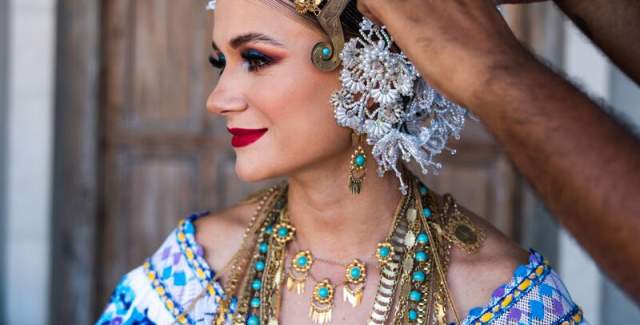
The pollera is so important to the country that in fact, 8 variations have emerged. The pollera chosen for each occasion depends on the budget, the importance of the event and who is wearing it, and its cost can be up to thousands of dollars! The good thing is that for a lower price you can try one on, feel like an authentic Panamanian and take a souvenir photo.
You'll see that the costume design is artisanal. The pollera is made by women and the jewelry garments, by goldsmiths who work from their homes and workshops. At Pedasi and Tonosi, you can see how inside the houses, artisans led by an “assembler”, manage to unite all the pieces of this complicated but elegant costume.

Dare to look out the windows, knock on a door and meet the hands that dedicate their days to the making of these costumes and celebrate the traditions of the interior of the country. In these towns, you can also get tailor-made, the famous cutarras: the traditional footwear for the holidays.
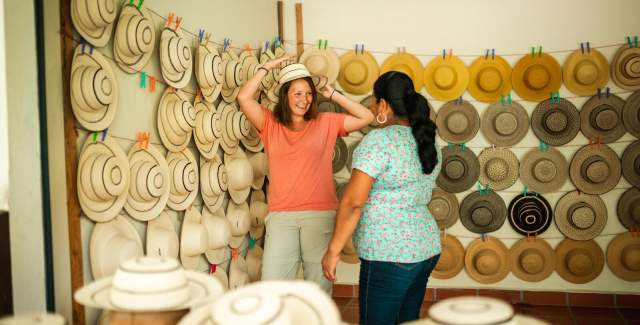
The Pintao Hat
The most remarkable piece of men's clothing is the pintao hat.
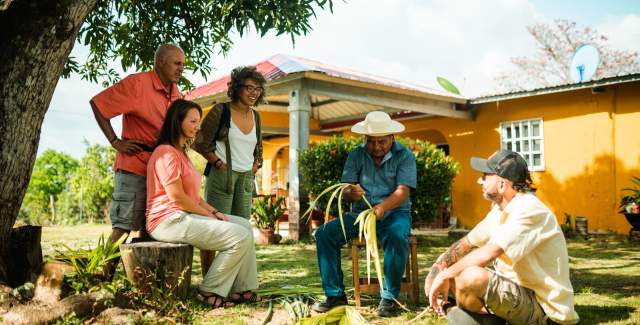
The importance of the hat is in the chain of artisans involved in its production; from the sowing of the rush, wild cane and acorn, among other fibers, to the harvest, search and application of natural dyes, and the complicated technique of weaving on a wooden mold.
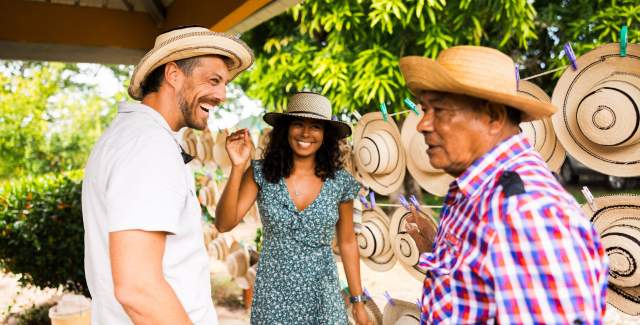
In the village of La Pintada, you can visit the museum that tells the story of these artisans and the influence of hat sales for the town's economy. They will tell you how to detect the quality of the hat according to the number of turns it has from the widest part of the top to the beginning of the brim. There are simple and more affordable hats, from 4 turns, to very fine and very well valued, with 22 turns. On your visit, you can attend a workshop and buy a tailor-made hat.

Music and Dance
Music, of course, is an essential element in Los Santos culture.
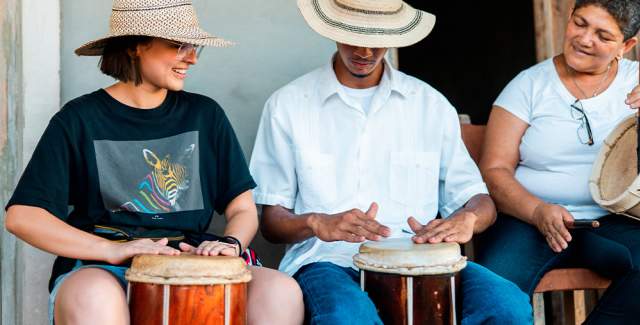
From these lands have come the most important musicians who have put the traditional rhythms in the country's most listened to stations.
Don't miss the opportunity to listen to a décima, learn to dance a cumbia or a punto, listen to a tamborito and, of course, sing and dance the cheerful rhythms of the murga. The orchestras that animate these rhythms are usually composed of violins, accordions, flutes, guitars, snare drums and the traditional marjorana.
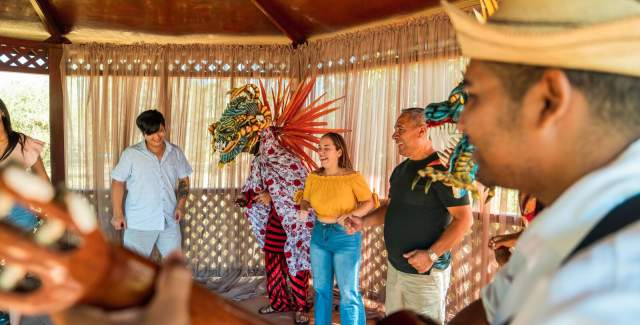
Pedasi, Tonosi and the towns around it are full of traditional festivals where you can see these dances performed by complete troupes and even participate in an improvised floor where you will learn the steps of a good tamborito.
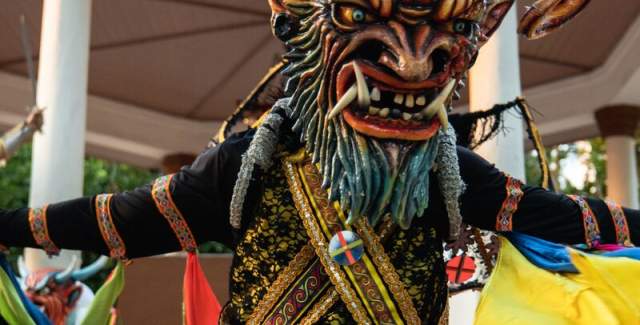
Year-round Festivities
The province of Los Santos is full of events you can participate in. In most of them, you can see parades of floats, dances, typical songs and listen to local artists who visit the most important fairs.
You can also get all kinds of handicrafts, taste traditional food and let yourself be carried away by the happiness that springs from the streets.
When you visit Pedasi, Tonosi and other towns in the province of Los Santos, you can see the importance of folklore reflected in the architecture of their houses and central squares, the philosophy of their people, their clothing, their fairs and festivals and all kinds of artistic expression. Make your experience more enriching by learning some dance in the streets of Los Santos, taste Panamanian cuisine and meet artisans and farmers to learn, from the inside, what it is to be a Panamanian.

